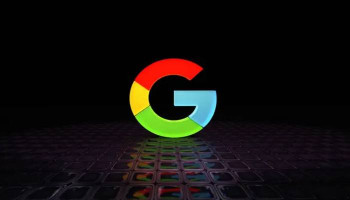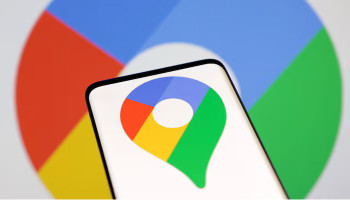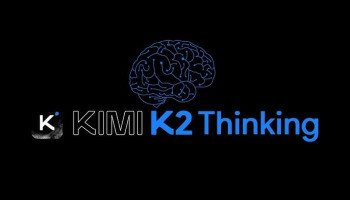
There's no discrepancy accepting the fact that the landscape of AI-backed content generation is getting inflated with each passing day, as countless tools have jampacked internet searches with numerous others gaining ground to rival them.
In times like these, China has launched a text-to-video AI model Vidu, designed in collaboration by ShengShu-AI and Tsinghua University.
The groundbreaking launch of Vidu was beheld at the Zhongguancun Forum in Beijing, marking China's venture into AI-driven video content generation which is potent enough to compete with rivals like the US-developed Sora, which recently stepped into the limelight.
Read more: Midjourney web interface released with new AI image editor
Vidu AI can generate high-quality video content just from text prompts. The measure of its capabilities can be taken from a 16-second 1080P video footage it produces with a single click.
Here's how Vidu AI works
Not following suit of other modern-day AI video generators, Vidu AI has been developed on an architecture called the Universal Vision Transformer (U-ViT), a unique framework which infuses two powerful AI models named Diffusion and Transformer, allowing Vidu to generate realistic video content from text prompts.
What sets Vidu AI apart is its ability to ingrain extensive details in the realistic videos it produces. The detailing perplexity which ranks it higher in the competition includes dynamic shots and complex physical interactions like spot-targeted lighting and facial expressions.
The most outstanding characteristic of Vidu AI is that it has an impeccable understanding of Chinese culture and traditions, which grants it an upper hand over other generative AI models for video content generation.
















